HTC has gone the extra mile to show us what it takes to go from a fresh Platform Development Kit (PDK) to an approved, over-the-air Android update on the HTC One. As we’ve mentioned before, HTC used to have a great track record when it came to deploying Android updates to the various HTC handsets on the market, but it definitely lost a step when the second to last round of flagship phones were circulating. HTC plans to regain the throne of top manufacturer to support Android updates in the quickest manner.
HTC uses a brilliant infographic on their website to highlight the five major stages in the entire process of updating Android on the three versions of the HTC One and within these stages are the number of steps each device will take along the way. The process starts out the same for all three models and in the lower half of the overall process the carrier branded model goes through a few extra steps including testing and approval from each US carrier before it can be released to the wild.
Stage Zero – Evaluation
Obviously, Google is at the forefront of the whole operation. Google rolls out a kit to manufacturers called the Platform Development Kit (PDK) which lets HTC take the new OS for a virtual stroll and then the code is distributed by Google to HTC and chipset manufacturers like Qualcomm who will then determine which hardware they are going to support and update drivers for.
Stage One – Development
As we enter the development phase all three devices are still in line with each other waiting for the chipset manufacturer to deploy an udpated driver package, but as expected the Google Play edition of the HTC One gets to skip the hands of HTC since it is running stock Android and doesn’t get all the perks of an advanced user interface like the other two devices will get in this stage.
Stage Two – Integration
Now HTC gets to determine which devices to support and begins assigning people to the project of merging HTC Sense with the latest version of Android. Here’s where the carrier model takes a few extra steps before it can make it to the mainstream. HTC has to work with each carrier to make sure the carrier gets what the carrier wants and then their requests have to be baked into the phone.
Stage Three – Certification
HTC begins testing the HTC One Google Play edition and the HTC One Developer models while submitting the carrier version to the labs for evaluation. HTC has a great method of soak testing their latest software releases through the HTC elevate community; a private invitation only circle of HTC fans across the globe. Not all elevate members are privileged to beta test the latest releases, but a handful opt in and get selected for evaluation. If the carrier finds the build is buggy then it will be returned to HTC for additional modification. Then all three models go forward for blessings and certification.
Stage Four – Push to customer
Once the software for each device is certified by Google they go to their respective servers to prepare for launch. And once we get word that a new update is available we go to that special spot on our phones to check for the latest update and cross our fingers.
It looks like HTC is making a good effort to keep their latest flagship devices updated with the most recent releases of Google Android software and we hope they can keep up this amazing pace. Does it mean a lot to you to see this process outlined or would you rather just restlessly push the “Check for update” button on your phone?
Source: HTC




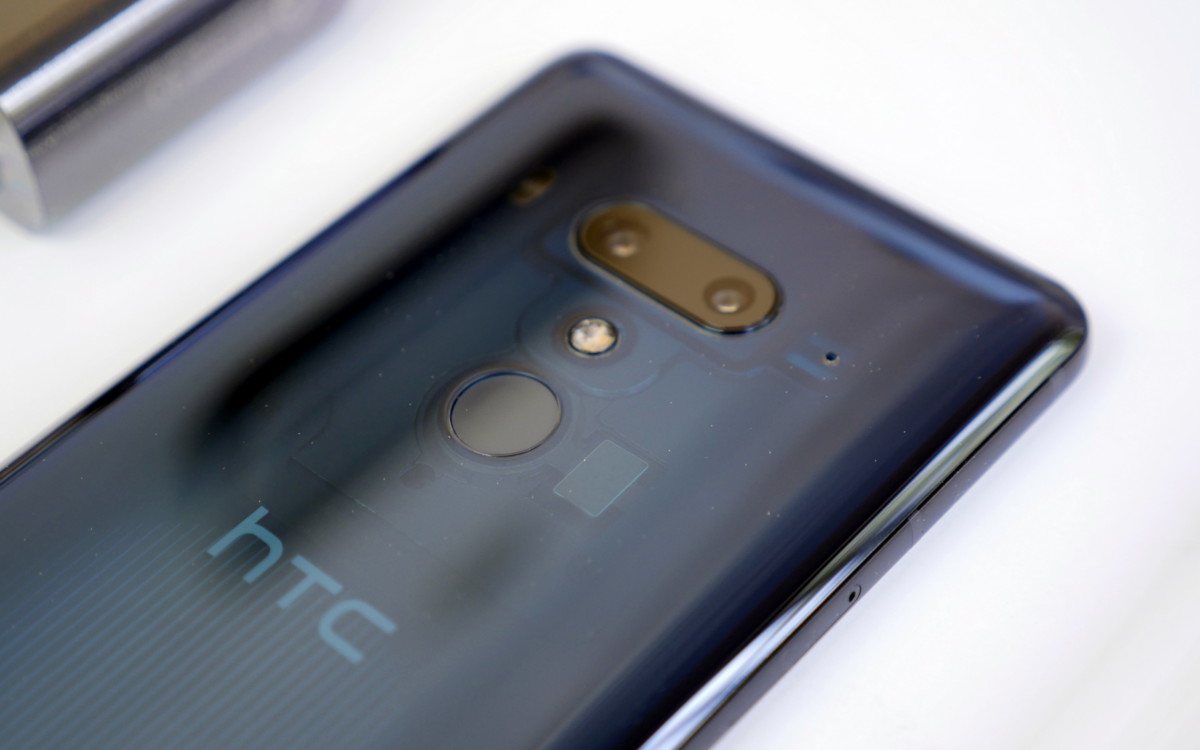






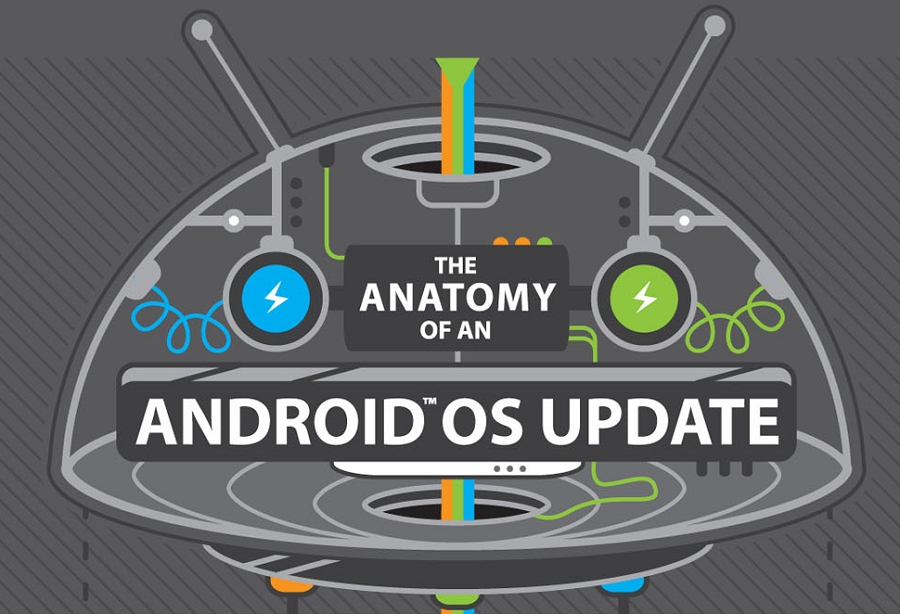
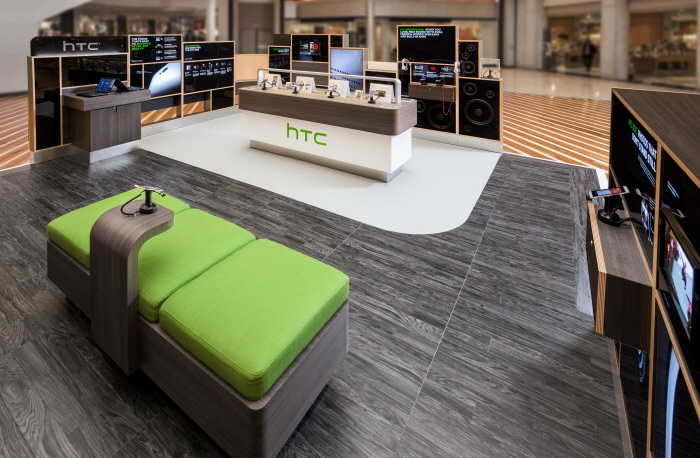
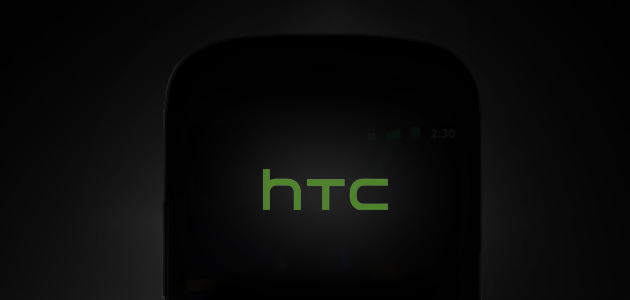
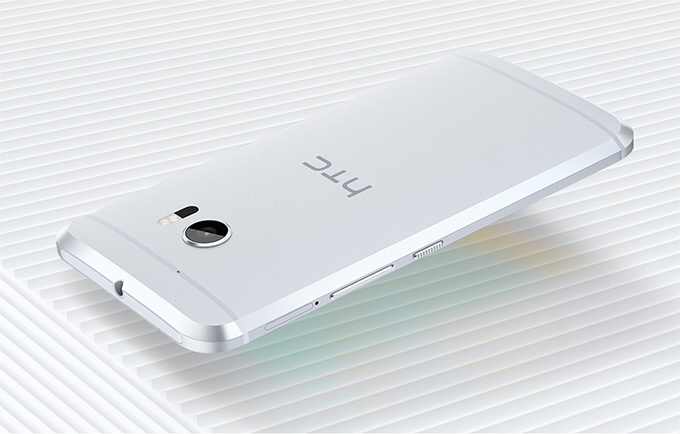
HTC’s been doing a great job lately in pushing updates. Here’s hoping it will continue